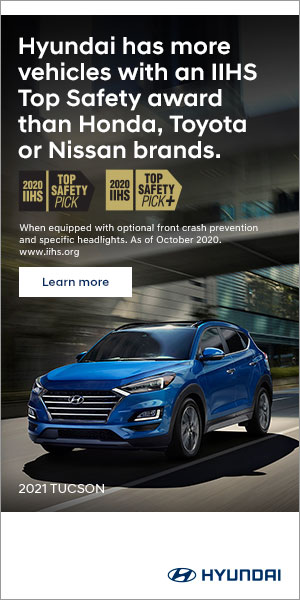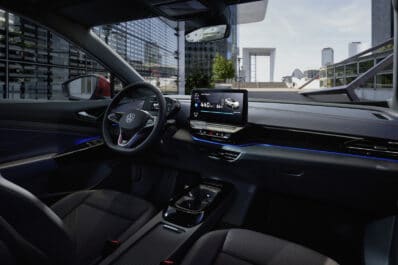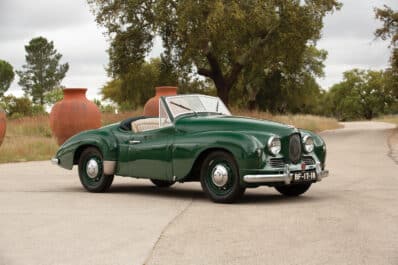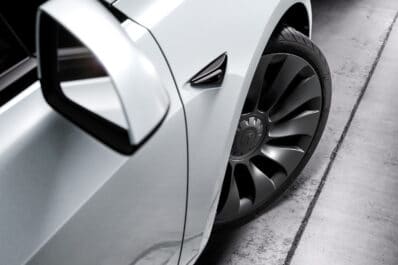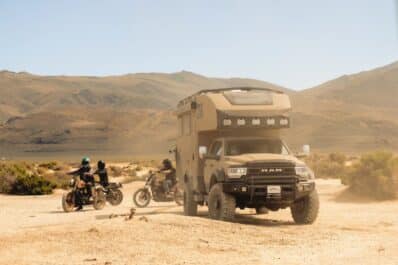Several autonomous vehicle companies have been testing their technology by offering free rides to passengers; however, it’s GM’s Cruise subsidiary getting the first approval to start charging money for the service.
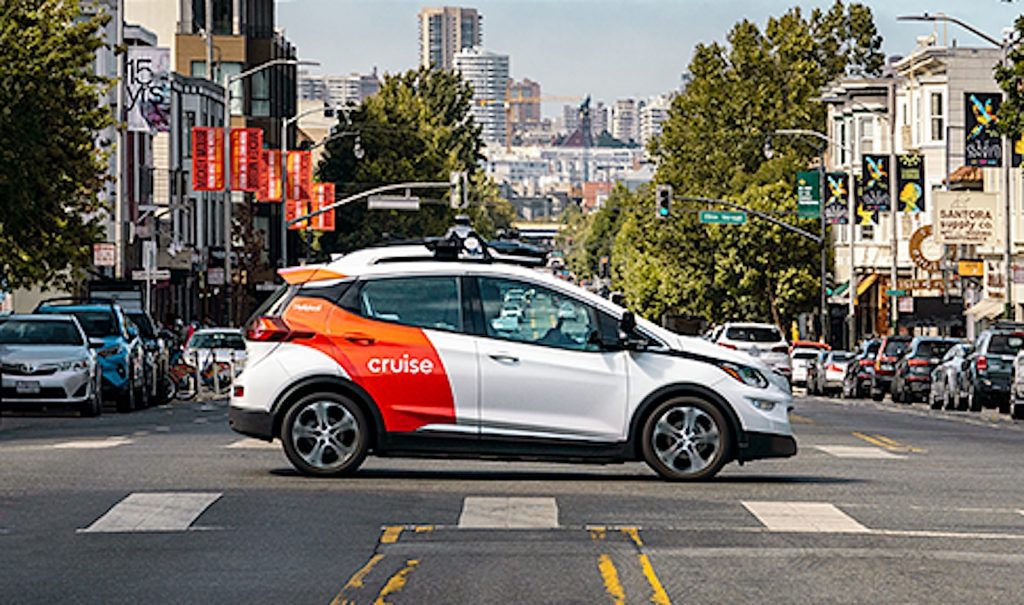
The California-based autonomous vehicle technology company’s been testing its Chevy Bolts on the streets of San Francisco for months, including chauffeuring GM CEO Mary Barra around town at night earlier this year.
Now it’s got the all-clear to operate as a driverless ride-hailing service.
“Today, we received the first-ever Driverless Deployment Permit granted by the California Public Utilities Commission, which allows us to charge a fare for the driverless rides we are providing to members of the public here in San Francisco,” wrote Cruise COO Gil West in blog post on the company’s website.
“This means that Cruise will be the first and only company to operate a commercial, driverless ridehail service in a major U.S. city.”
GM CEO Mary Barra quickly celebrated the news in a tweet, “Today @Cruise is officially going commercial in San Francisco. What a huge milestone for #AV technology that will improve life in our cities — congrats to the entire team.”
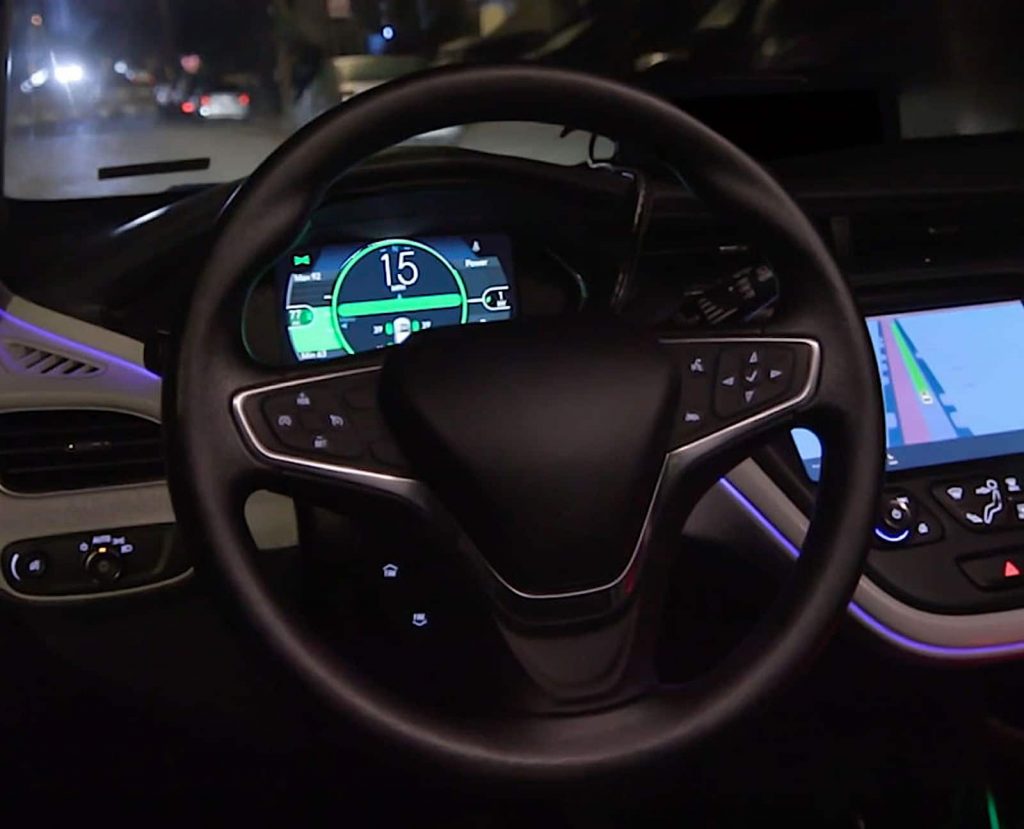
What does it mean?
The approval is essentially the first phase of a tiered process. Cruise can offer passenger service to the public using 30 vehicles on select streets in San Francisco, according to the commission. Aside from not getting an all-access pass to the city, there are other restrictions.
Cruise AVs are limited to a maximum speed of 30 mph, from the hours of 10 p.m. to 6 a.m. daily when weather conditions do not include heavy rain, heavy fog, heavy smoke, hail, sleet or snow. While the company can collect fares for the ride, it cannot offer shared rides to passengers of different parties — at least for now.
The company, along with any other future participants in the Driverless Deployment program, must prepare a report and presentation updating stakeholders on how the strategies in its Passenger Safety Plan have been operationalized in deployment, for example, during pickup and drop-off events, as part of a future CPUC workshop.
“This is another exciting step for our autonomous vehicle program,” said CPUC President Alice Reynolds. “I look forward to further public engagement on the safe and equitable deployment of these innovative services as they mature through future reports and workshops.”
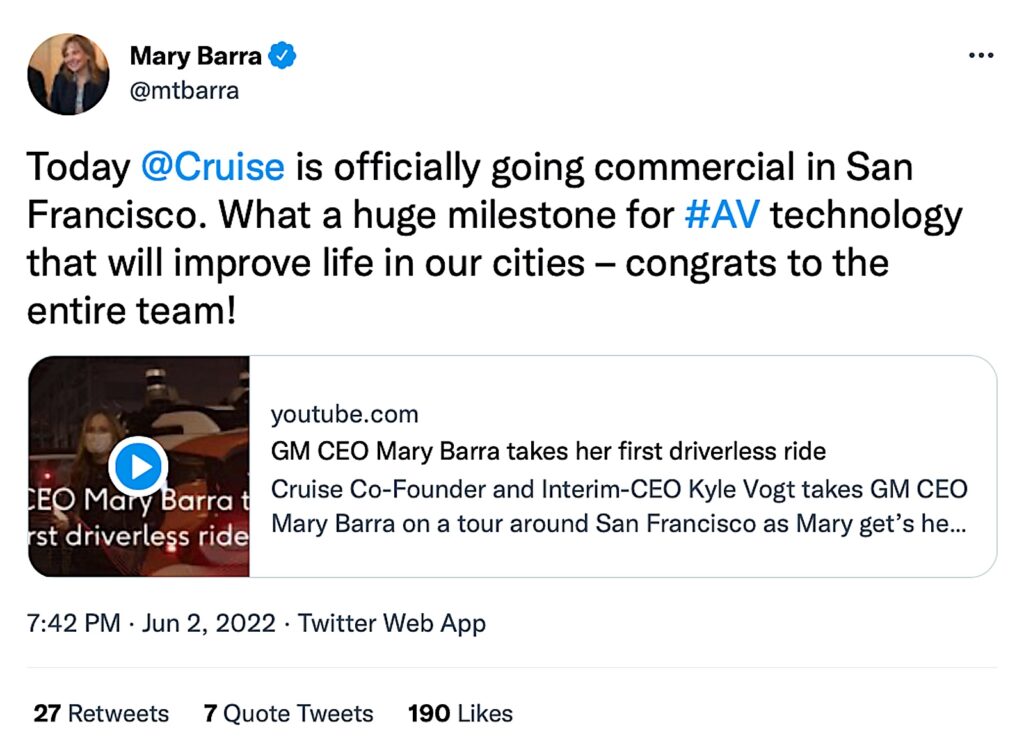
Collecting the cash
Now with the go-ahead, the company can charge for its service, although plans call for that happen at a calculated pace.
“Now with this approval, we’ll begin rolling out fared rides gradually, expanding in alignment with the smoothest customer experience possible. As always, our focus is on delivering a magical and safe service for our riders,” West wrote.
“Crossing the threshold into commercial operations isn’t just big news for Cruise alone. It is a major milestone for the shared mission of the AV industry to improve life in our cities. And it’s a giant leap for our mission here at Cruise to save lives, help save the planet, and save people time and money.”
Cruise isn’t the only company offering driverless rides, Waymo, Argo AI and others are doing so as well in places in cities in California, Texas, Pennsylvania, Michigan and more. However, they cannot charge a fare for using the service.

